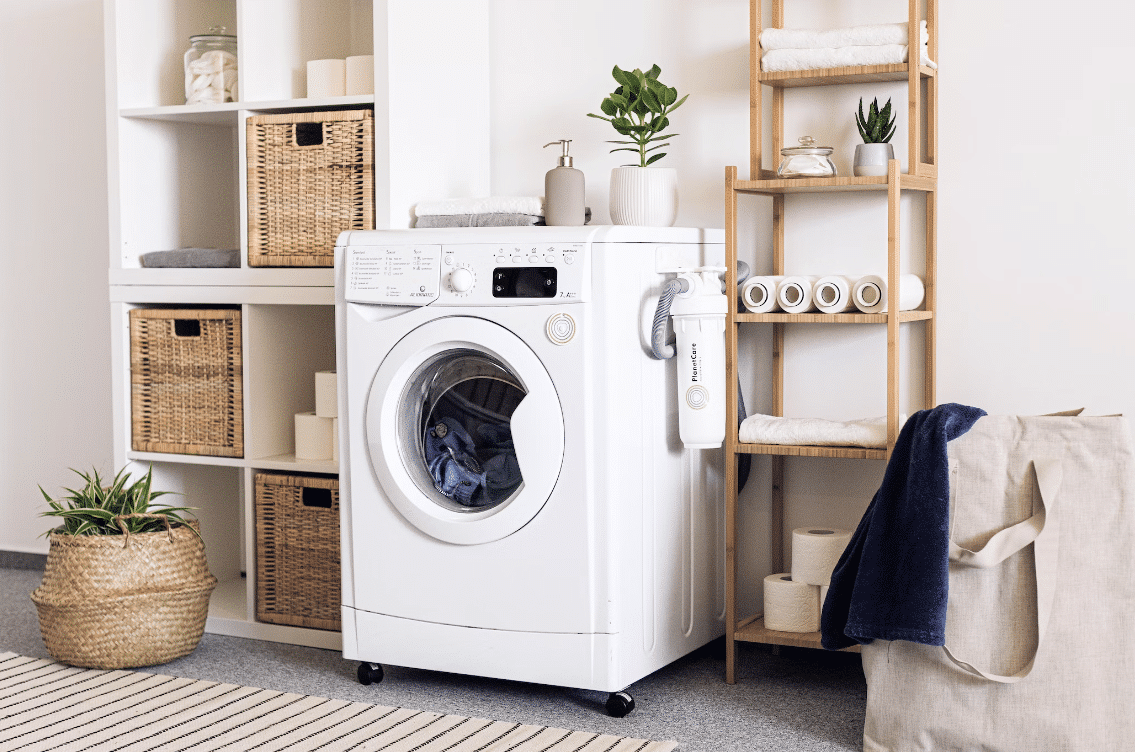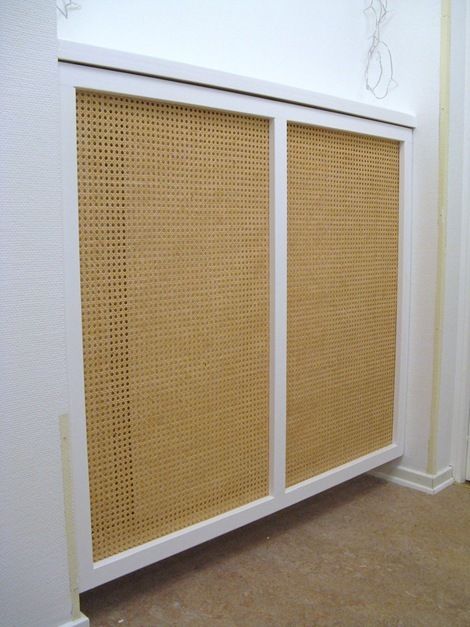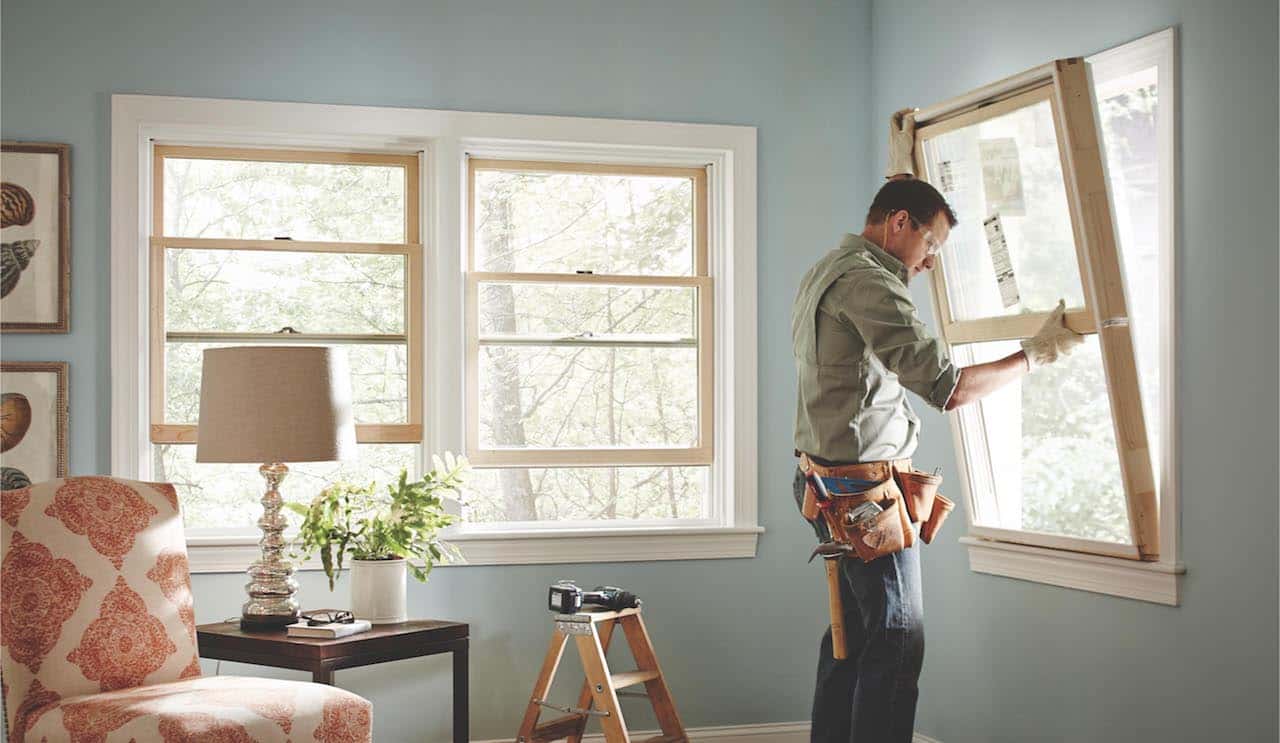A washing machine control board, also known as the main electronic control board, is essentially the “brain” of your washing machine.
It is in charge of all the logic that runs the washer, controls input and output signals, and interfaces with the user settings. When this board goes bad, your washer will exhibit strange or unexpected behavior, or completely stop functioning.
How to Tell If Washing Machine Control Board Is Bad?

Luckily, there are some common signs you can watch out for to diagnose a bad control board.
Signs Your Washing Machine Control Board is Bad
Here are the most common indicators that your washing machine’s control board may be malfunctioning:
- The washer fails to start at all – If you press the start button and nothing happens at all, not even a humming sound from the motor or the water solenoid, this could suggest a faulty control board.
- Programs are not working properly – If cycles refuse to advance even though the timer is going, or they stop mid-cycle, the control logic on the board could be compromised.
- Excessive beeping/alarm sounds – Persistent beeping for no identifiable reason may indicate the control board is sending error signals.
- Lights flashing erratically – Rapid blinking of lights on the console can signify a short circuit or bad connection on the board.
- No electronic control at all – If your washer has zero response on the control panel, won’t power on, and there’s no display if it has one, the board is likely at fault.
The most telling sign is if your washer has power but exhibits very unusual behavior that resembles a “mind of its own.” This is the control board acting erratically due to a malfunction.
Common Causes of Control Board Failure
There are a few reasons why washing machine control boards eventually go bad:
- Power surges – Spikes or dips in power from the electrical system or power grid can damage sensitive components.
- Water exposure – Leaks from other failing washer parts that allow moisture onto the control board can short it out.
- General wear and tear – Extended use over 5-10 years can degrade connections and lead to breakdowns.
- Power Surges – Sudden electrical spikes can arise in home wiring from lightning strikes, damage to power lines and transformers, faulty household wiring, or heavy appliances turning on and off. Sensitive digital logic circuits and microcontrollers on boards can be permanently damaged. Using a whole house surge protector, UPS, or even added capacitors/inductors to condition power are wise investments for washer reliability.
- Water Exposure – Leakage from failing water inlet valves, overflowing suds, or breach of inner wash tub seals allows water over time to migrate to the bottom cabinet where control boards reside. Corrosion and mineral deposits lead to electrical shorts and oxidation buildup onboard circuit traces. Carefully monitoring your washer for leaks, avoiding oversudsing, and sealing cabinet penetrations can reduce the likelihood of moisture ingress.
- General Wear & Tear – The mechanical stress of vibration can weaken solder points and connections. Thermal cycling and heat wear out components over years depending on usage levels and environment. Plus, manufacturing defects may arise after prolonged operation. There is unfortunately no escaping aging, but higher initial build quality improves lifespan.
- User Interface Damage – If the washer has a digital touchpad control panel integrated with the main board, chip fractures or torn metal dome switches under repeated pressing also remain a possibility. Careful cleaning and use reduce contact failures.
Manufacturing defects in the board itself can also be present from the beginning but cause problems later on after prolonged use.
Can a Washer’s Bad Control Board Be Repaired?
Technically, it is possible in some cases to repair washing machine circuit boards rather than fully replacing them. However, the complexity often makes replacement the easier and more foolproof option.
Here is a quick overview:
- Circuit testing required – The board must be thoroughly tested with specialized equipment to pinpoint the source of the problem.
- Individual component replacement – Simple issues like a burned-out resistor or capacitor can be solved by desoldering the bad part and soldering a new one.
- Full remanufacturing – For more extensive damage, the entire board may need traces rewired, connections redone, and the microcontroller re-flashed with firmware.
- Circuit boards utilize extremely dense SMD components not suitable for standard soldering. Specialized micro-soldering gear is mandatory.
- Failed surface mount parts cannot be easily identified. It requires schematics and testing gear.
- Many modern control systems are highly integrated SoC or have code-dependent behavior. This hampers troubleshooting options.
- Flashing updated firmware from manufacturers requires connecting test clips to the board or desoldering memory IC chips. Complex process.
- Traces are small, fragile, and multi-layer. Attempts at jumpering or bridging broken traces is very challenging.
- If the microcontroller itself is fried, code would need extraction using specialized SPI flash readout tools before reprogramming each unique one.
- There is no guarantee resoldering visibly good parts fixes the root issue if the fault lies in the integrated silicon itself.
While experienced repair techs can sometimes succeed, control board repair difficulty often outweighs replacement. The risk of turning an inexpensive replacement into an expensive paperweight from botched amateur repair attempts is quite high.
The cost of a full control board remanufacturing can approach or exceed the price of a new replacement board. And there is no guarantee that an apparent “easy fix” won’t lead to more issues down the road.
For these reasons, most appliance repair technicians recommend just replacing washing machine circuit boards outright. Replacement boards have warranties and are generally more trouble-free.
Cost to Replace a Washing Machine Control Board:
Since fully replacing the control board is usually the repair of choice, what can you expect to pay?
| Repair Cost Range | Details |
| $150 – $300 | Labor & part cost for basic washer models |
| $300 – $500 | Total expense for newer digital control models |
| $100 – $250 | Control board part cost only to DIY the repair |
As you can see, there is significant cost variability. The make and model of the washer, local technician rates, and wholesale board prices all factor in. As a rule of thumb, expect to spend $200-$400 to have a professional replace your washer control board.
DIY Washing Machine Control Board Replacement
With some handy skills and patience, you can potentially replace a washing machine control board on your own to save on labor costs:
Example: GE Washer Control Board Replacement WH22X35137
Step-By-Step Guide
- Disconnect power to the washer at the circuit breaker. Confirm it is de-energized.
- Remove the washer cabinet and access panel covering the control board. Locate and orient yourself to the board.
- Label and systematically disconnect all wiring connectors and fasteners. It’s critical for proper functionality that the new board is installed correctly.
- Swap in the new replacement control board obtained online or from an appliance parts vendor. Exercise anti-static precautions.
- Reconnect all wiring harnesses and fasteners according to the labels you made. Double-check your work.
- Reinstall washer panels and test functionality. Look for leaks and verify alarms are gone and cycles work.
Replacing a washing machine circuit board is considered an intermediate skill-level repair. The right tools, labels, patience, and great care when manipulating wiring are required. Don’t attempt it unless you’re very comfortable with household electromechanical disassembly. If uncertain, call an appliance technician.
10 Troubleshooting Tips for Washer Control Board Issues
Before replacing the board, here are some basic troubleshooting steps:
- Check the basics – Make sure the power is connected, supply hoses are intact, and drain free of clogs.
- Review error codes – Consult the washer model service guide and translate blinking LEDs or digital error messages.
- Inspect for loose wires or connectors – Especially wires leading to and from the control board itself.
- Reset the main control board – Try the hard master reset of the model’s control electronics if applicable.
- Update firmware – For newer digital-display units, install the latest firmware release from the manufacturer’s website.
- Test parts individually – Bypass board and directly jump/test motor, valve solenoids, door lock switch, etc.
- Replace smaller parts first – Swap cheap items like the control panel membrane before the board.
- Compare functioning vs non-functioning modes – Note exactly which cycles or features work vs not working to isolate the system at fault.
- Consider adding power filtration – Install a surge protector or line conditioner if electrical spikes seem problematic.
- Call manufacturer tech support – Detailed troubleshooting and diagnostic steps are sometimes available for free over phone support. Use this resource before buying parts.
- Inspect physically for damage – Look closely for burnt spots, corroded metal, damaged traces, or cracked solder joints pointing to the issue area.
- Take photos during disassembly – Document wire harness colors, terminal positions, mounting locations, and board component layout before manipulation to aid proper reassembly.
- Research manufacturer technical bulletins – Many known issues with advice are summarized based on service calls for specific models useful in troubleshooting.
- Swap identical control boards between units – If you have another week of downtime waiting for the replacement board, you can swap into a working machine to isolate true board failure.
Top 10 Washing Machine Brand Control Board Replacements
Here are quick official replacement control board part numbers for 10 major washer brands.
Brand
- GE Washer Control Board
- Maytag Washer Control Board
- Whirlpool Washer Control Board
- Samsung Washer Control Board
- LG Washer Control Board
- Kenmore Washer Control Board
- Bosch Washer Control Board
- Amana Washer Control Board
- Frigidaire Washer Control Board
- Hotpoint Washer Control Board
Check your washer manual or look up the specific part number needed based on the full model number if needed. Replace the board and perform the calibration procedure and functionality test described in the official documentation.
Frequently Asked Questions
- How to test the washer control board with a multimeter?
Use a multimeter in continuity test mode to check across points and components on the washer control board with the power disconnected. No continuity indicates breaks in traces or malfunctions in parts that require board repair or replacement.
- Can a bad motor cause control board failure?
Yes, issues like locked rotors, grounded windings, or electrical shorts in a washer motor can send damaging back-voltage spikes through control wiring that fries control boards. Fix underlying mechanical problems before replacing the board.
- Why does my washing machine keep blowing control boards?
If you have had to replace the washer control board multiple times, the root cause is likely a major underlying electrical short somewhere in machine wiring or components that keeps damaging each new board installed. Thorough diagnosis steps are needed in such cases before replacing the board again.
- How do I bypass the washing machine control board for troubleshooting?
You can bypass internal wiring routes going through the control board to directly power and test components like the door lock, water valves, motor relay, heating element, etc. This isolates the circuit board functionality from the rest of the machine. However, extreme caution is required when jumping wires with power on.
- Can I just replace the integrated control panel instead of the control board?
On some newer washing machine designs, the electronics control board is encased behind the user control panel exterior in an “integrated” configuration. If the issues point to an electronics malfunction, this entire part likely needs replacement instead of just the control panel.
- Can adding an aftermarket universal control board replacement match OEM functions?
Likely not – washing machine settings are very customized for models regarding calibration, sensor inputs, motor profiling, etc. Attempting a swap risks malfunction. Stick to control boards identical to your machine.
- If the problem ended up being wiring or components, not the board, is the old board still reusable?
Yes, if mistaken early diagnosis pointed to control board failure, but thorough troubleshooting uncovered the true issue elsewhere, the original board remains unaffected as long as care was taken in handling. It is perfectly fine to reinstall after repairs are completed elsewhere.
- Why might a brand new replacement control board still not fix a washing machine?
If an underlying intermittent short or secondary failure exists in the washer that originally damaged the old board, it will rapidly damage the new replacement board after installation. Root-cause faults like motor issues, bad door switches, voltage problems, etc. need addressing first.
Also Check:
- Hisense Washing Machine Reset Button
- Logik Washing Machine Reset Button
- Haier Washing Machine Reset Button
- GE Washing Machine Reset Button
- Siemens Washing Machine Reset Button
- Candy Grand Vita Washing Machine Reset Button
- Hoover Washing Machine Reset Button
Conclusion:
Diagnosing problems with the washing machine control board starts by observing the unusual behavior of the washer and matching it to common failure patterns.
While troubleshooting steps are worthwhile, replacement of the main electronic board is often necessary especially as washers age over 5-10 years.
Either DIY or professional installation of a new replacement control board for your model washer is generally the ultimate solution.
Paying close attention to wiring connections guards against potential follow-on issues.


